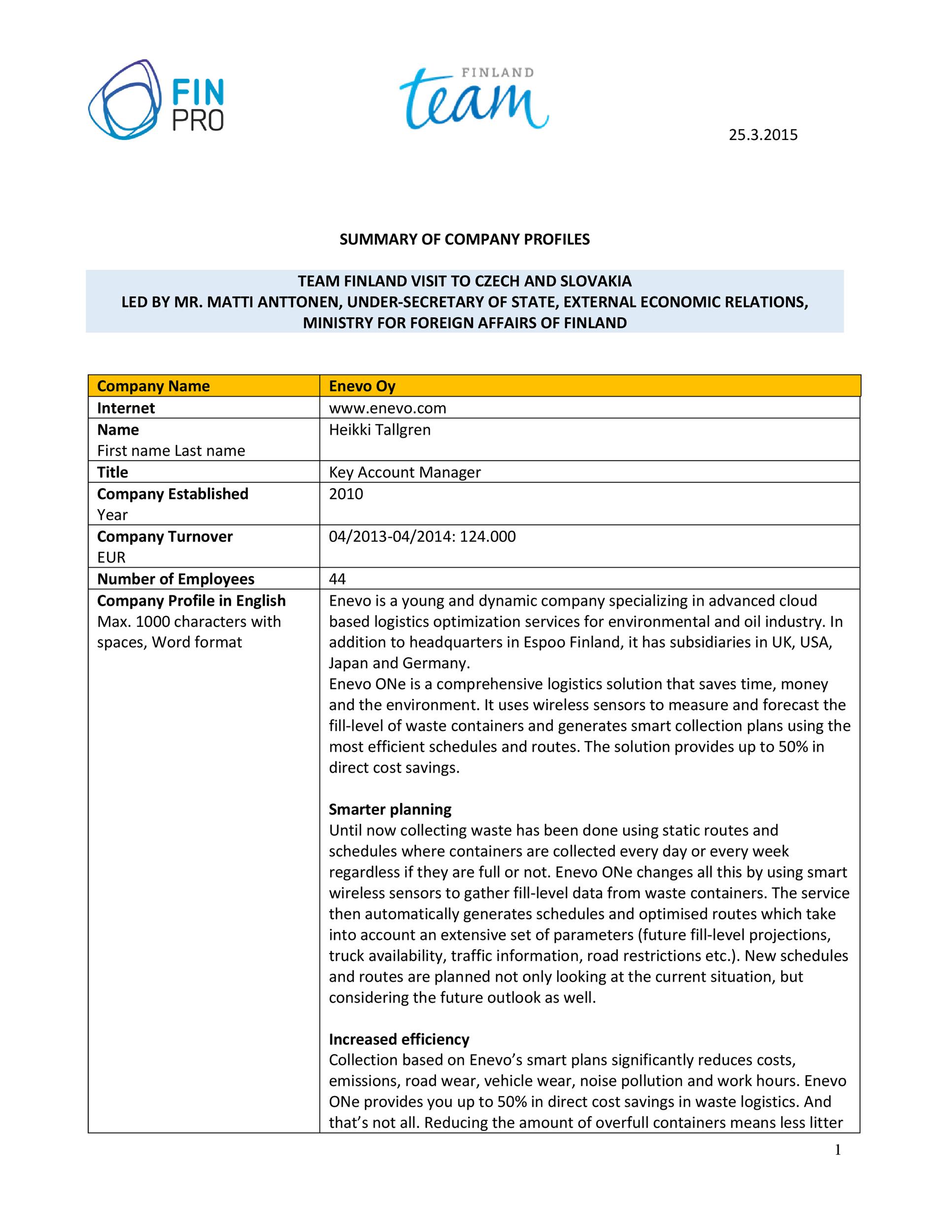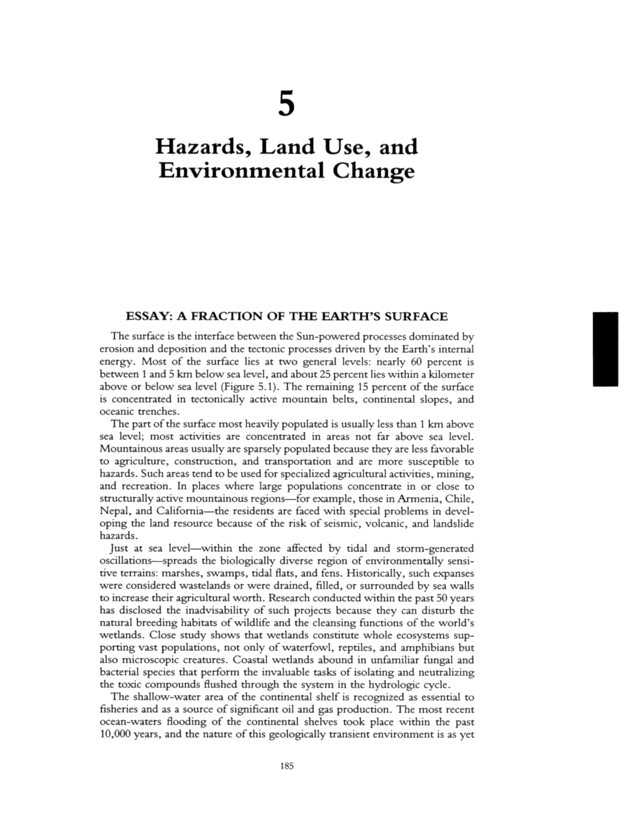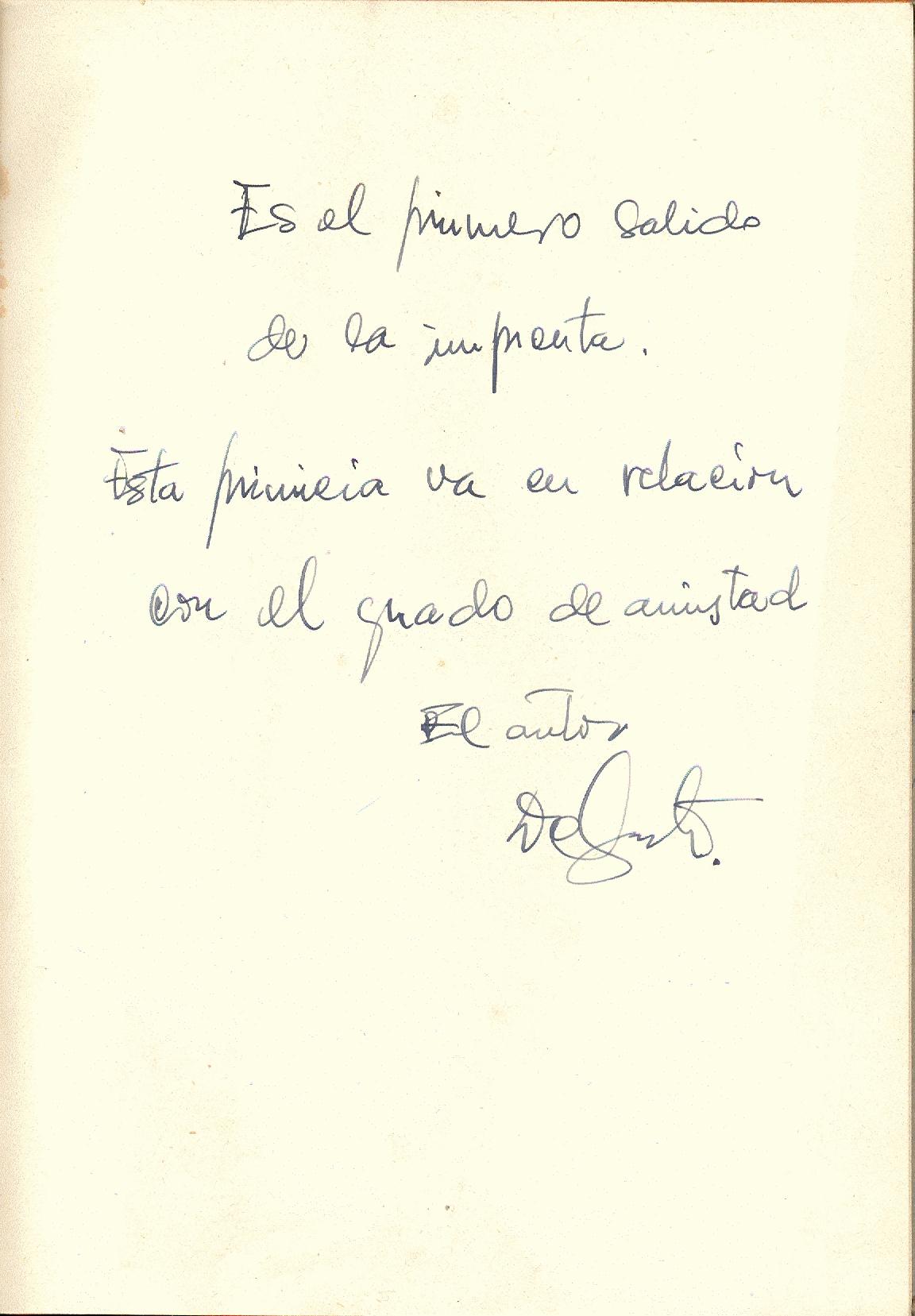An Analysis from the First Movement of Brahms Sonata No. 1.
The noble melody and chords begin in F major (“relative” to D minor) and make the “dark turn” to A minor. The violin enters briefly, as it had before. The trailing chords suggest a cadence in A minor that is aborted, as was the E-minor arrival in the exposition.
Brahms Violin Sonata in D minor, op 108 Hi Everyone! Please join me in today's seminar discussion. In this presentation, I will point out the difficulties that the chamber musicians faced in their performance of Brahms's Violin Sonata in D Minor, op 108, and I will be asking you.

TITLE: BACH, BARBER, AND BRAHMS: MASTERS OF EMOTIVE VIOLIN COMPOSITION MAJOR PROFESSOR: Michael Barta Three seminal works of the violin repertory will be examined: J.S. Bach’s Sonata no. 2 in a minor BWV 1003, Samuel Barber’s Violin Concerto, op. 14, and Johannes Brahms’ Sonata no. 3 in d minor.

The violin concerto by Johannes Brahms is a part of the major repertoire of violin literature. It was written for a Hungarian virtuoso violinist, Joseph Joachim. Joachim's input on this violin concerto is tremendous and the cooperation between Brahms and Joachim can be seen in their correspondences.

Both of Brahms’s first two sonatas for violin and piano were written in three movements; however the D minor sonata is in four movements. It opens with a lyrical theme of shimmering beauty played by the violin while the piano accompanies with syncopated rhythm creating a feeling of urgency.

The phrase moves through A minor to D minor for a cadence. The piano skips upward in a bridge, moving back to G minor. 0:22 (m. 10) --A contrasting phrase brings the rising accompaniment figures in the piano to the violin, and the instruments alternate on these figures.

A comparative analysis of Brahms' two violin sonatas: the first, op. 78 in G major and the third, op. 108 in D minor.

Analysis of Brahms, Piano Sonata, No. 1 in C major, Op. 1 Coda By: Ariel McAphee Theme 1 Piano Sonata, No. 1 in C major, Op. 1 First published work Was is his frst work? Schumann Any Influence? Movements Technique Closing Theme Who is Brahms? German Composer Innvator Pianist.
A Historical and Structural Analysis of Cello Sonata No. 1 in E minor, Op. 38, by Johannes Brahms Jodi Goble In Partial Fulfillment of the Requirements for the Degree Master of Music (M.M.).

Title of dissertation: JOACHIM, BRAHMS, AND SCHUMANN: THE FLOURSHING OF NINETEENTH- CENTURY VIOLIN REPERTOIRE Scarlett Whitney Lant Zirkle, Doctor of Musical Arts, 2011. Track 3: Violin Sonata No. 2 in d minor, Op. 121 Robert Schumann CD Number 2 Track 1: F.A.E. Sonata.

The Violin Sonata in D minor, Op. 121, was published in 1853. Schumann seems to have been more comfortable with the intimate instrumentation of the chamber works than he was with a large orchestra.

Sonata for trumpet and strings in D major Z.850 (complete) Vivaldi. Flute concerto in D Il Gardellino op.10 no.3 RV428 (complete) Bach. Violin concerto in A minor BWV1041 (complete) Strand B: The operas of Mozart. Composer. Set works. Mozart. Le Nozze di Figaro k. following musical elements when appraising music from this Area of study. The.

Brahms composed his Violin Sonata in D minor during the summer of 1886. The work quickly became part of the standard repertoire and has remained so until today.


